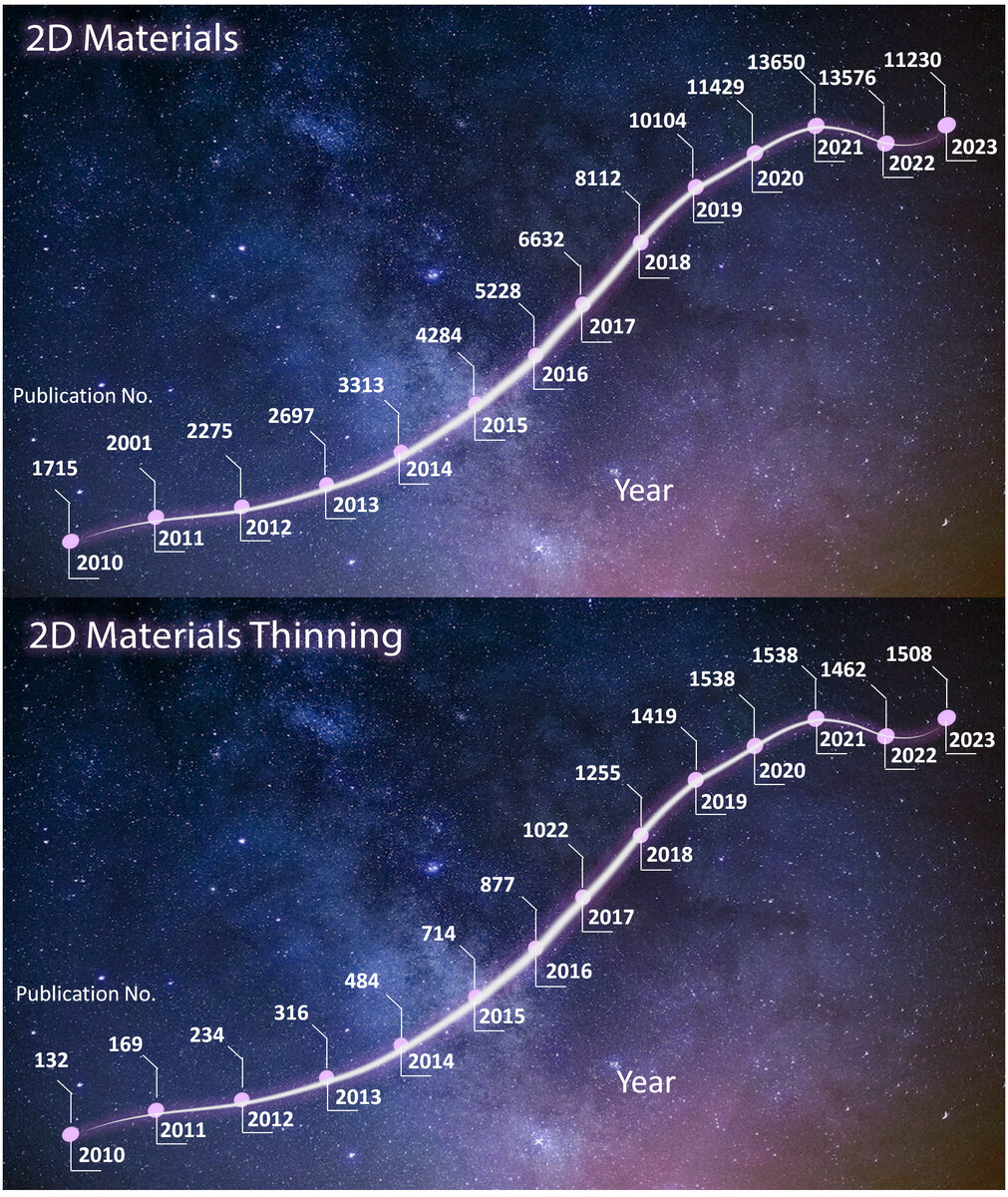NSYSU's paper on thinning two-dimensional materials was published in a top journal, boosting the semiconductor industries




2024-05-17
The research team of Phuong V. Pham, assistant professor of the Department of Physics at National Sun Yat-sen University (NSYSU), collaborated with scholars from Vietnam, India, the United States, and South Korea to conduct a comprehensive discussion on the thinning technology of two-dimensional (2D) materials and review the trends of 2D materials and thinning technology in the past 14 years. They also organized and summarized the top-down atomical layer-by-layer thinning strategies of multilayer materials, revealing the modern layer-by-layer thinning technologies applicable to 2D materials utilizing and boosting the development of nanometer procedure applications in the future semiconductor industry. The review article was published in the world's most influential journal "Chemical Society Reviews."
Phuong V. Pham, assistant professor of the Department of Physics at NSYSU, said that the modern semiconductor industry is developing rapidly and becoming increasingly sophisticated. The application of etching technology to remove partially or entirely material from the surfaces of various materials in the semiconductor process has already entered the nanometer level. How to use thinning technology to etch at the microscopic nanoscale, removing material layer by layer via top-down strategies in a complex and precise manner, is crucial and requires a high degree of specialization. This 2D materials thinning technology means a technological innovation process in the semiconductor industry and can be widely used in flexible displays, touch panels, solar cells, fuel cells, etc., thus generating interest among researchers from diverse backgrounds, such as chemistry, physics, and engineering, and joined the research ranks.
The research team pointed out that compared with the previous technology, using conventional plasma or chemicals induced severe damage on the material surface and resulted in the degradation of electronic or optoelectronic devices. The latest thinning technologies of the world combined and developed with 2D materials can expertly and precisely control the atomic layer numbers of 2D materials, helping to produce innovative technologies with superior performance, efficiency, and versatility and develop more high-quality 2D materials. By controlling the band gap of 2D materials, the current on-off ratio, photoluminescence, and other unexplored physics and chemical properties can be significantly improved, completely changing the fields of electronics, photonics, energy harvesting, and storage, and expected to promote the revolution of interdisciplinary industries innovation.
Phuong V. Pham used a visualized metaphor, "Simply put, thinning technology is like a knight who slices top-down layer-by-layer on 2D materials at the atomic scale." The layer-by-layer thinning of 2D materials by plasma thinning technology can effectively reduce costs and improve quality due to its minimal physical and chemical damage. It is regarded as the most potential solution in the future and has promising prospects.
Members of the multinational research team also include The-Hung Mai, a doctoral student from the Department of Physics at NSYSU, Huy-Binh Do from the Ho Chi Minh City University of Technology and Education, Hao Van Bui and Van-Duong Dao from the Phenikaa University in Vietnam, and CSIR-Indian Institute of Chemical Technology M. Vasundhara, Van-Huy Nguyen from Chettinad Academy of Research and Education in India, West Virginia University Trieu Nguyen, Ram K. Gupta from Pittsburg State University in USA, Kaohsiung Medical University Vinoth Kumar Ponnusamy, and Jin-Hong Park from Sungkyunkwan University in South Korea.
The Chemical Society Reviews is the world's top authoritative journal, and its 2022 Journal Impact Factor is 46.2. According to the Journal Impact Factor, it ranks 2nd among 178 journals in the category of Chemistry-Multidisciplinary. According to the Journal Citation Indicator, it ranks 5th among 230 journals in the category of Chemistry-Multidisciplinary.
Article Link: https://pubs.rsc.org/en/content/articlelanding/2024/cs/d3cs00817g
